The Lancia Dedra HF Integrale Is A Sports Saloon Failure That Time Forgot
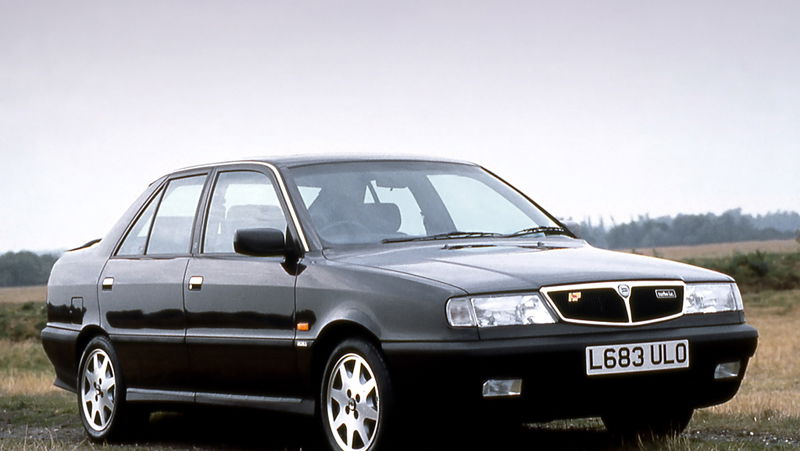
With talk of a Lancia revival starting to creep back into the news, features editors’ memories will drift back to the iconic but perhaps too successful Delta HF Integrale. It won so much for the brand and looked awesome while doing it, so its legendary status is well earned, but as it aged and its cracks grew wider, Lancia rested on its laurels and failed to stop the creeping rot.
Instead, what they did was launch a performance saloon the world would go on to remember as… nothing, really. Barely anyone remembers the Dedra HF Integrale, and for good reason: it was criminally average at a time when others were producing some stellar cars. Built on a Fiat platform designed above all else to create cost-savings across brands, the allegedly premium Dedra’s chassis had neither the poise nor the quality to really present anything special.
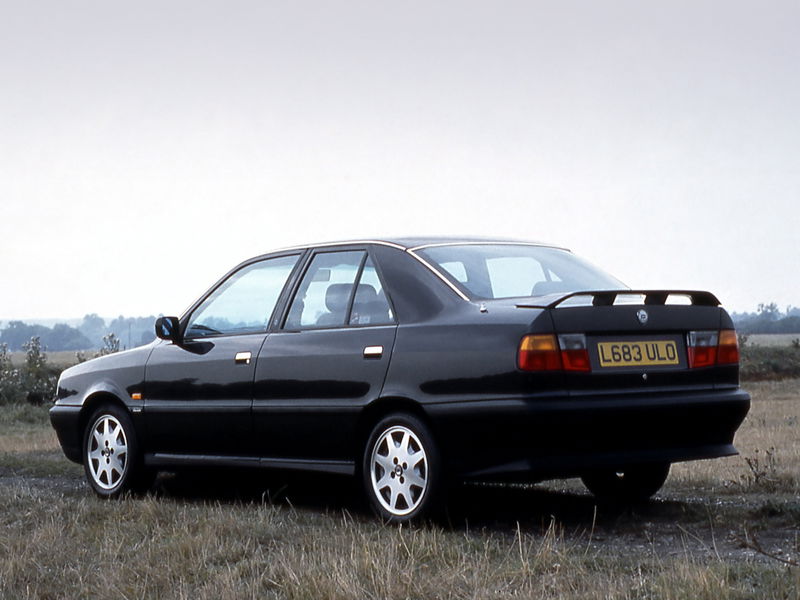
At the Dedra HF Integrale’s launch in 1991 BMW was less than half way through the life cycle of the excellent E34 5-series, but we’re guessing the Lancia team hadn’t even bothered to look at one. Audi had the trusty and solid 100 and Mercedes was owning the room with the indestructible W124 E-Class. Each housed a good base recipe for their respective makers’ attempts at fast versions. By comparison, trying to make the ‘hot’ Dedra entertaining and desirable was trying to make a chocolate cake with nothing but sawdust and farts.
What Fiat had decided to do was to plonk the drivetrain from the Delta HF Integrale; a strong but ancient power unit that dated back in its earliest form to 1966’s 124 Sport Coupe, into a chassis that delivered less charisma than a Pantone chart listing the entire spectrum of beige. This was the 1990s; cars were much better than this by now. The pinnacle Delta would leave the World Rally Championship in 1992 at the end of a hugely successful run of seasons, but Lancia couldn’t transfer any of that car’s magic into the Dedra. It was one of the firm’s most fully-deserved flops.
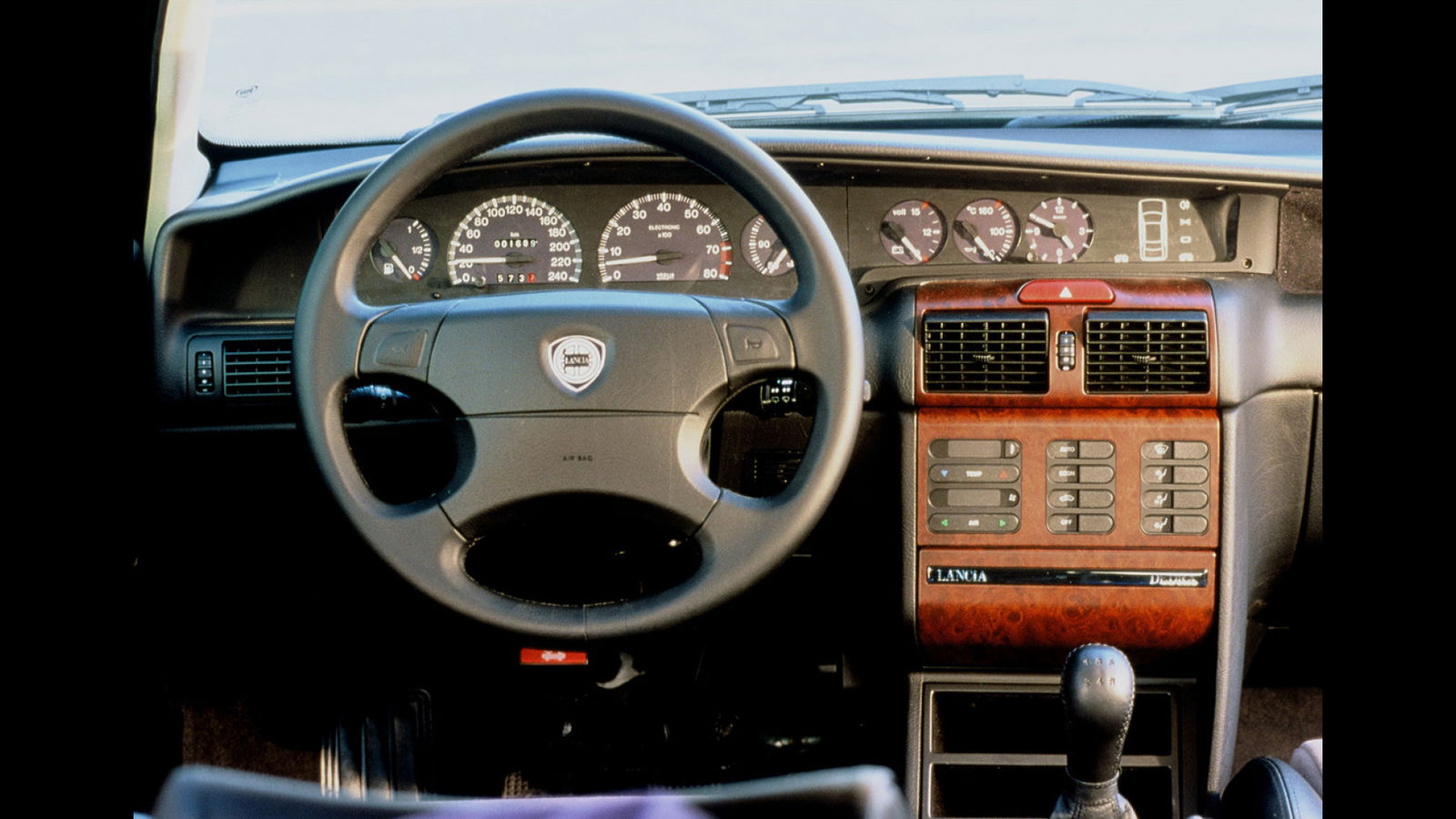
Lancia lost interest in line with the resulting public apathy. The model progression throughout the Dedra’s miserable existence tells the story: the phase one car from the 1992 model year included a 178bhp, AWD variant using the 8v Delta Integrale engine, plus a lighter 163bhp relation with front-wheel drive and reportedly a slightly lower ride height. The AWD car would hit 143mph and launch to 62mph in seven or eight seconds – decent on paper, but subjectively lacking any real dynamic sparkle in a changing automotive landscape.
Phase two from 1994 saw the Garrett turbocharger replaced by a new 16v cylinder head. The revised Twin-Cam was revvier but power dropped to just 137bhp and the engine didn’t really suit the car’s target audience. In 1996 power dropped still further with a replacement 1.8-litre engine good for only 129bhp. At this point Lancia quietly removed the HF Integrale badges, which was probably for the best.
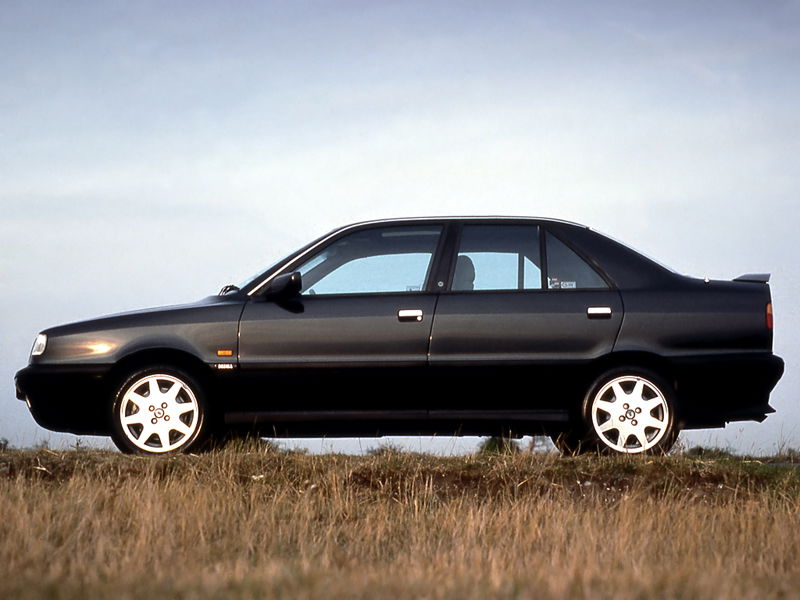
Never mind the public and their annoying tendency to swerve lame ducks like this, it was like Lancia itself forgot about the Dedra HF Integrale. From such a promising position off the back of outrageous sporting success, Fiat bosses seemingly decided everything was so rosy they could afford to lift off and coast, using old, outdated or just poor quality building blocks for a vast degree of parts-sharing that basically guaranteed failure for everything it touched. Spreading shoddy parts like Nutella on toast… well, what else can you expect but a bad time?
Top Gear once filmed a celebratory piece charting Lancia’s amazing achievements of the 1970s to how it came crashing down by the 1990s. The Beta gets a lot of the blame on a mainstream front, but the Dedra HF Integrale is just as clear a symbol of how Lancia, under woeful leadership, basically just gave up. History has already almost stricken it from the record so we apologise for wasting your time; you can now go back to forgetting the thing ever existed.
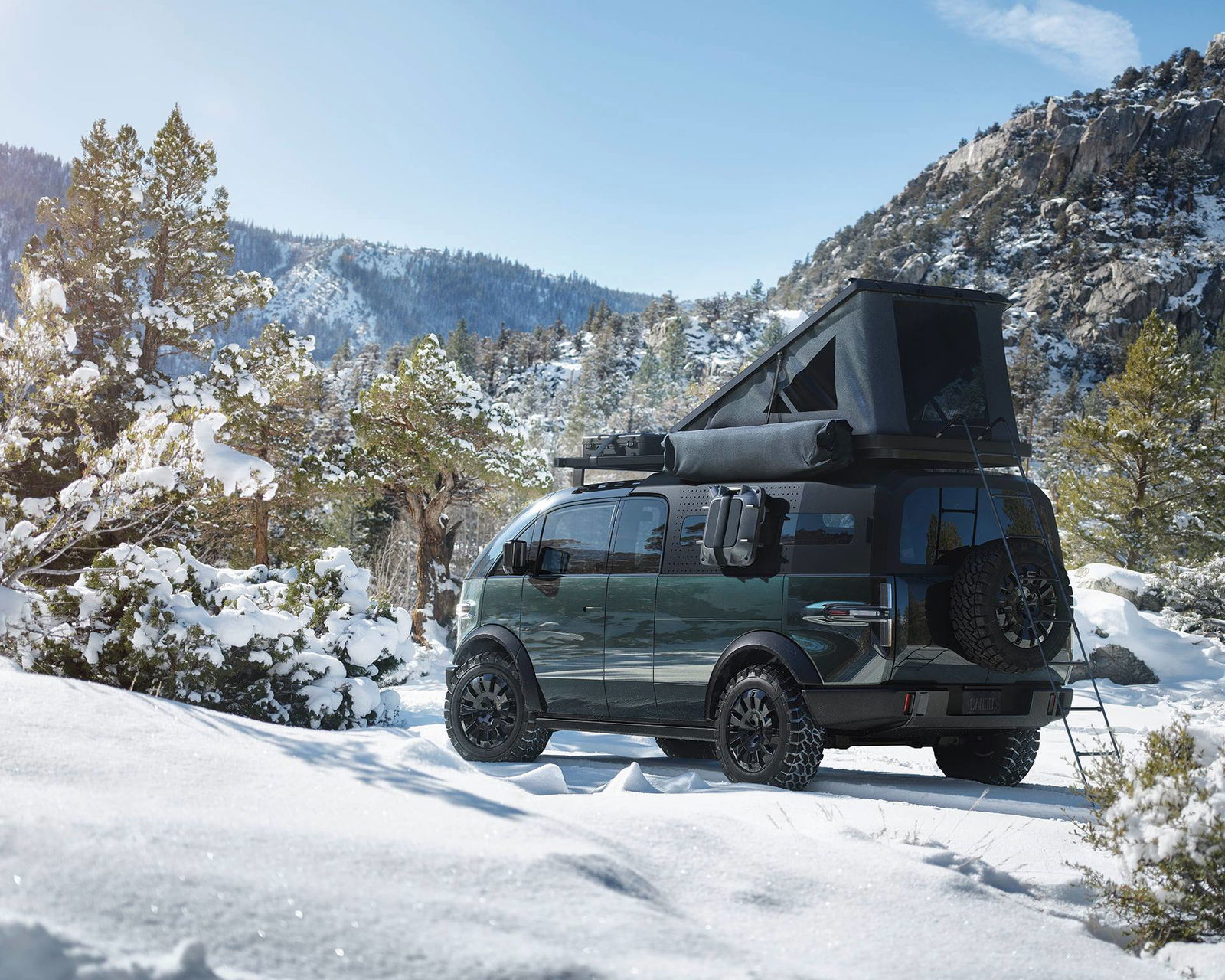
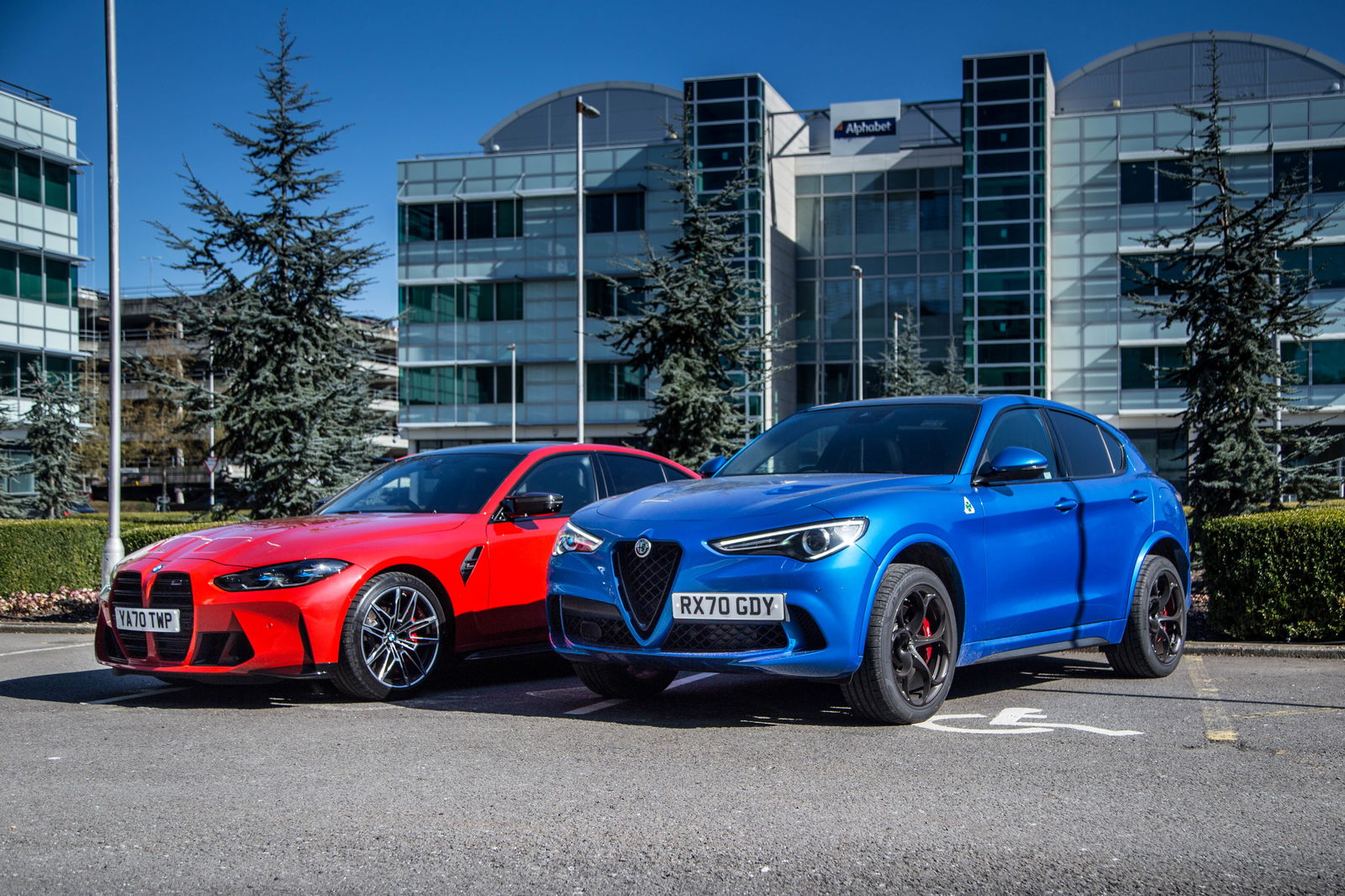
Comments
a good friend of mine had one of those HF Dedras with the 2.0 16V Turbo and the sheer amount of hours we spent in that thing trying to get it running somewhat decent was easily tripple of what i did on my Delta HF Turbo to completely repair and modify it.
You have never driven one, have you? Although the stats are not that good, it was the best car of its era. It was fast with the engine from Lancia Prisma, had 4WD, very good and responsive sport steering, basic, but very well functioning suspension and most of all? All that in a family saloon car, it was sooo spatious! We used to have one, as well as a HF Turbo version, which I prefered as it was lighter, but this Integrale-like LSD beast easily beat BMWs of that era, cars that on paper are much more interesting, but in reality it felt like driving a go-kart. We had those two Dedras (and a 155 Q4, which is basically the same car, just with a 1st gen Delta rear suspension - McPherson) and their mainstain cost was almost nothing. Sure, you had to change engine oil by 10k just to be sure, sometimes the head gasket had to be changed, but nothing that would cost more than 50 € and 3 hours of work. The only problems we had were shocks we bought at the time, Kayabas weren’t a good decision…
But please go and drive a prestine condition one, before saying nonsense like this. Sure, it’s not perfect, nothing is, but this was a very reliable car and it was also very cheap to run and practical, as well as very fast on country roads, where only Group A-like specials caught up.
Don’t just browse the internet, go and do actual work.